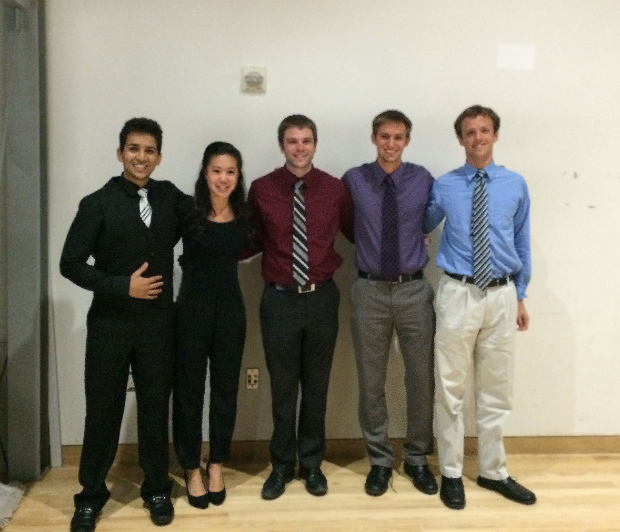Cataract surgery manual cortex aspiration pressure sensor, display, and regulator
This project has been secured to protect intellectual property.
Login for More InformationProject Overview
Cataract is a hugely prevalent eye disorder in the United States, affecting over 24 million Americans over the age of 40.More than 3 million cataract surgeries are performed a year, the large majority using an ultrasonic surgical technique called phacoemulsification. While a straightforward procedure, the phacoemulsification machines are too expensive to use when training new ophthalmology residents. At the UW and William S. Middleton VA hospitals where our client, Dr. Stephen Sauer, practices as an ophthalmologist, residents learn the surgery using a Simcoe cannula and a manual aspiration technique.6 However, the apparatus does not have any mechanism to measure the intraocular pressure during aspiration, which if left unmonitored, may increase to dangerous levels and lead to capsular rupture. There is currently no pressure sensing device in the market that satisfies this specific need. Therefore, we must design a device containing:
(1) A sensor to measure vacuum pressure
(2) A digital monitor to display pressure in real-time
(3) A pressure-release valve to prevent dangerous pressure level
Such a device is necessary for quantitative evaluation of resident performance and would improve training efficiency, patient safety, and clinical outcomes.
Team Picture

Contact Information
Team Members
- Brandon Jonen - Team Leader
- Scott Schulz - Communicator
- Dalton Hess - BSAC
- Alice Huang - BWIG
- Mohammed Hayat - BPAG
Advisor and Client
- Prof. Paul Thompson - Advisor
- Dr. Stephen Sauer - Client
Related Projects
- Spring 2015: Cataract surgery manual cortex aspiration pressure sensor, display, and regulator
- Fall 2014: Cataract surgery manual cortex aspiration pressure sensor, display, and regulator
